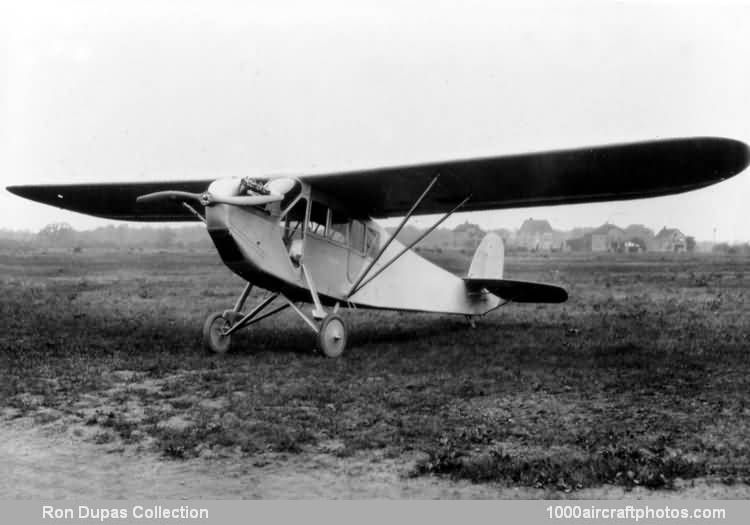06/30/2015. Remarks by Johan Visschedijk: "Sherman Mills Fairchild was an innovator. The son of the founder and first chairman of IBM, he had, from his earliest years, a factory full of machines and mechanisms available to tempt an inventive mind. Photography caught his interest, and while still in his teens, he developed a method for synchronizing shutter and flash.
The first World War showed the value of aerial reconnaissance photography and fired the imagination of the young Fairchild. By 1919, he had devised an automatic aerial camera with the first successful between-the-lens shutter. But his initial efforts to sell the camera to the US Army brought no orders.
The camera was good - better than any other then available - so, in February, 1920, Fairchild formed the Fairchild Aerial Camera Corporation to manufacture it. A renewed effort soon won an order from the Army for twenty of the cameras. They were produced and delivered - at a financial loss. That seemed to set the tone for the early days of the Fairchild business efforts.
Companies involved in aviation saw no business advantage in cameras, so Fairchild formed Fairchild Aerial Surveys. He would do his own exploiting of the camera's potential. He landed a $7,000 contract to photo map the city of Newark. And the job was successfully completed - at a cost to the new firm of nearly $30,000.
In early airplanes, aerial photography was a hit or miss proposition, depending on the weather. Fairchild bought a surplus WW I Fokker airplane and cut a hole in the floor to enable the photographer to aim a bit more carefully. Eventually, the company bought Huff-Daland airplanes and modified them extensively. Still, they were not entirely satisfactory.
Characteristically, Fairchild decided to organize a company to build airplanes suitable for aerial photography. His list of requirements incorporated the most up-to-date aeronautical advances. Designated FC-1 (Fairchild Cabin, design number 1), the airplane produced by the new Fairchild Aviation Corporation more than met those requirements. The prototype not only placed the pilot and all controls inside a cabin, it also boasted folding wings and introduced slots and ailerons which would be used as flaps for greater control and stability. The sole prototype first flew on June 14, 1926 at Roosevelt Field, New York, and it was, in fact, the first airplane with predictable flying characteristics.
The innovative FC-1 made an immediate impression on the aviation world. Numbered '12' it participated in the 2,600 mls (4,184 km) Ford Reliability Tour in 1926, gaining the attention of thousands of people throughout the country who were just beginning to accept the potential of aviation. The practical Fairchild had foreseen that an airplane designed solely for aerial photography would not be economically successful and so had given the FC-1 a variety of capabilities: passenger carrying, mail carrying, taxi service, aerial photography and advertising, all making it attractive to commercial users. The orders for the production model FC-2 were not long in coming."
